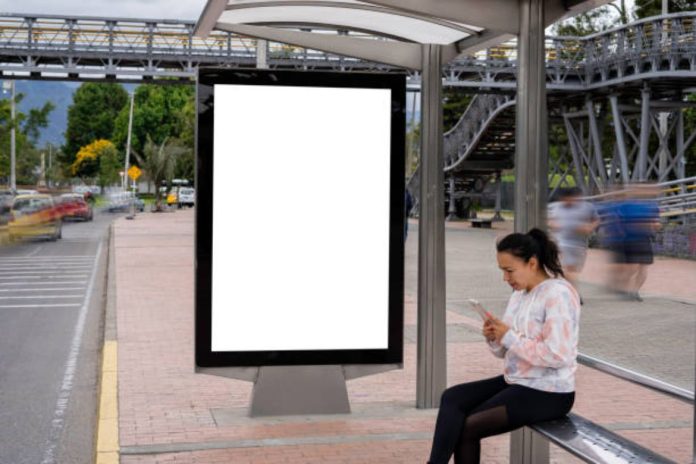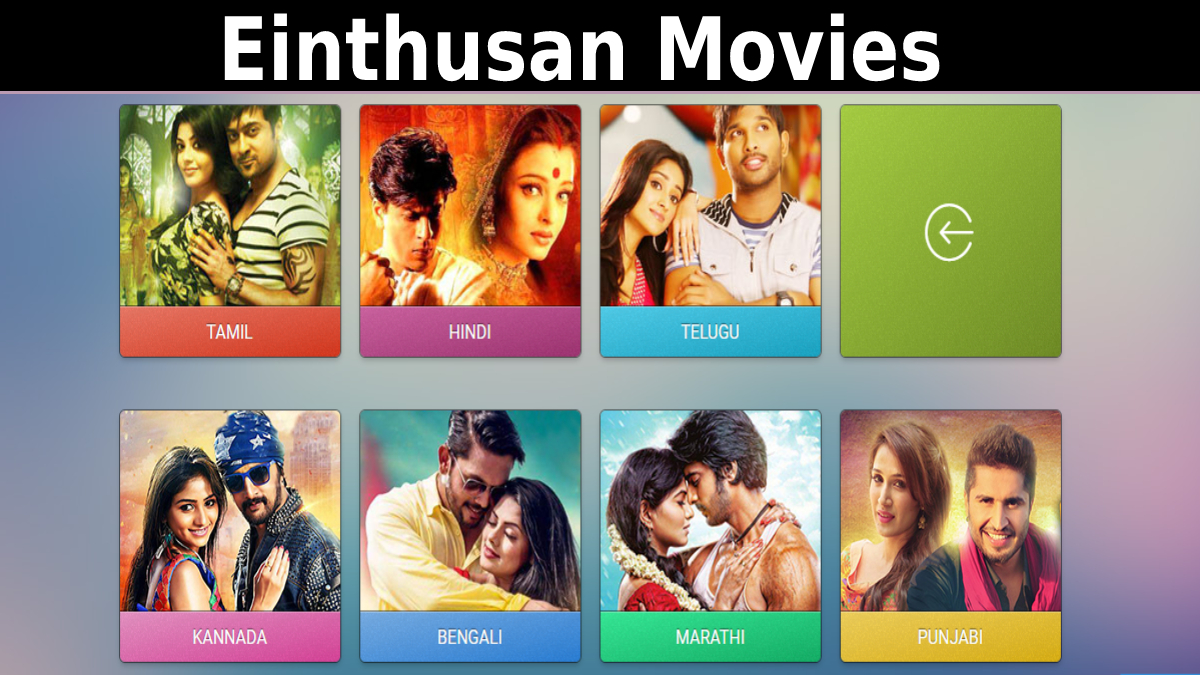Out-of-home (OOH) advertising has long been a cornerstone of the marketing world, delivering impactful messages to audiences as they navigate the physical world. Traditionally dominated by static billboards, posters, and transit ads, the industry has experienced significant technological advancements in recent years. Among these innovations, mobile digital billboards have emerged as a transformative trend, redefining how advertisers engage with their target audiences.
What Are Mobile Digital Billboards?
Mobile digital billboards are LED screens mounted on trucks or other vehicles that display high-definition, dynamic advertisements. Unlike traditional static billboards, these mobile platforms offer the flexibility to move across different locations, targeting diverse audiences in real-time. The dynamic nature of the content displayed allows for greater creativity, customization, and audience engagement.
The Shift Toward Digital Mobility in Advertising
Several factors have driven the rise of mobile digital billboards, reflecting broader shifts in consumer behavior, technology, and marketing strategy:
- Increased Urban Mobility: With people spending more time commuting and traveling within urban centers, advertisers need to reach audiences on the move. Mobile digital billboards provide a versatile solution by delivering messages directly to high-traffic areas, events, and neighborhoods.
- Demand for Targeted Advertising: Traditional OOH advertising lacks the precision targeting of digital platforms like social media. Mobile digital billboards bridge this gap by allowing advertisers to bring their campaigns to specific locations where their target audience is most likely to be present.
- Technological Advancements: Advances in LED technology have made high-quality displays more affordable and energy-efficient. Additionally, GPS and data analytics integration enable real-time adjustments to ad content and location tracking, enhancing campaign effectiveness.
- Dynamic Content Capabilities: Unlike static billboards, mobile digital billboards can display videos, animations, and other dynamic content. This interactivity boosts engagement and leaves a lasting impression on viewers.
Benefits of Mobile Digital Billboards
The adoption of mobile digital billboards offers numerous advantages to advertisers and their audiences:
- Flexibility and Reach: Mobile billboards can navigate through different locations, allowing advertisers to maximize their reach. They can target specific events, neighborhoods, or demographics, adapting campaigns to changing needs.
- High Visibility: Bright, eye-catching LED screens ensure that advertisements stand out, even in crowded urban environments. Their motion and digital nature naturally attract attention.
- Cost-Effectiveness: By targeting specific areas and demographics, advertisers can optimize their budgets, avoiding wasted impressions and focusing on high-impact locations.
- Eco-Friendly Options: Modern LED screens consume less energy compared to traditional lighting systems. Additionally, mobile digital billboards reduce the need for physical materials like vinyl, which can contribute to waste.
- Real-Time Adjustments: Advertisers can update content remotely and in real-time, allowing them to respond to current events, weather conditions, or audience preferences instantly.
Trends Shaping the Future of Mobile Digital Billboards
As the OOH advertising landscape continues to evolve, several trends are poised to shape the future of mobile digital billboards:
- Integration with Data Analytics: The use of GPS, AI, and data analytics is making mobile digital billboard campaigns more targeted and measurable. Advertisers can track performance metrics such as impressions, engagement rates, and ROI with greater accuracy.
- Programmatic Advertising: Just as programmatic ad buying has transformed online advertising, it is making its way into OOH. Advertisers can programmatically purchase screen time on mobile digital billboards, ensuring efficient and strategic ad placements.
- Augmented Reality (AR) and Interactive Content: AR is being integrated into digital advertising, offering interactive experiences for viewers. Mobile digital billboards equipped with AR features could allow passersby to interact with ads via smartphones, enhancing engagement and brand recall.
- Sustainability Initiatives: As environmental concerns grow, the OOH industry is prioritizing sustainability. Mobile digital billboards are increasingly designed with energy-efficient technology and renewable energy sources, such as solar-powered systems.
- Hyperlocal Targeting: The ability to target specific neighborhoods or events is becoming more precise. Hyperlocal targeting enables brands to deliver relevant messages that resonate with community-specific audiences.
- Partnerships with Smart Cities: As cities adopt smart technologies, mobile digital billboards can integrate with urban infrastructure to deliver location-based content. For instance, ads can sync with public transportation schedules or local events to provide contextually relevant messaging.
Challenges and Considerations
Despite their potential, mobile digital billboards come with challenges that advertisers must address:
- Regulatory Hurdles: Local regulations regarding mobile advertising vary, and advertisers must navigate these rules to ensure compliance.
- Cost of Implementation: While cost-effective in the long run, the initial investment in mobile digital billboard technology can be high.
- Ad Fatigue: As digital screens proliferate, audiences may become desensitized to their presence. Advertisers need to ensure their content remains creative and compelling.
- Technical Maintenance: Ensuring the proper functioning of LED screens and other technologies requires ongoing maintenance and expertise.
Conclusion
Mobile digital billboards represent a bold new frontier in OOH advertising, offering unparalleled flexibility, dynamic content, and targeted reach. As technology continues to evolve, these innovative platforms are set to play an increasingly central role in advertising strategies, especially in urban and high-traffic environments. By leveraging trends like data analytics, programmatic advertising, and sustainability, advertisers can create impactful campaigns that resonate with audiences in meaningful ways.
For businesses looking to stay ahead in the competitive advertising landscape, embracing mobile digital billboards is not just an option — it’s a necessity. With the ability to adapt to ever-changing consumer behaviors and preferences, mobile digital billboards are paving the way for a more interactive, engaging, and effective future in advertising.








